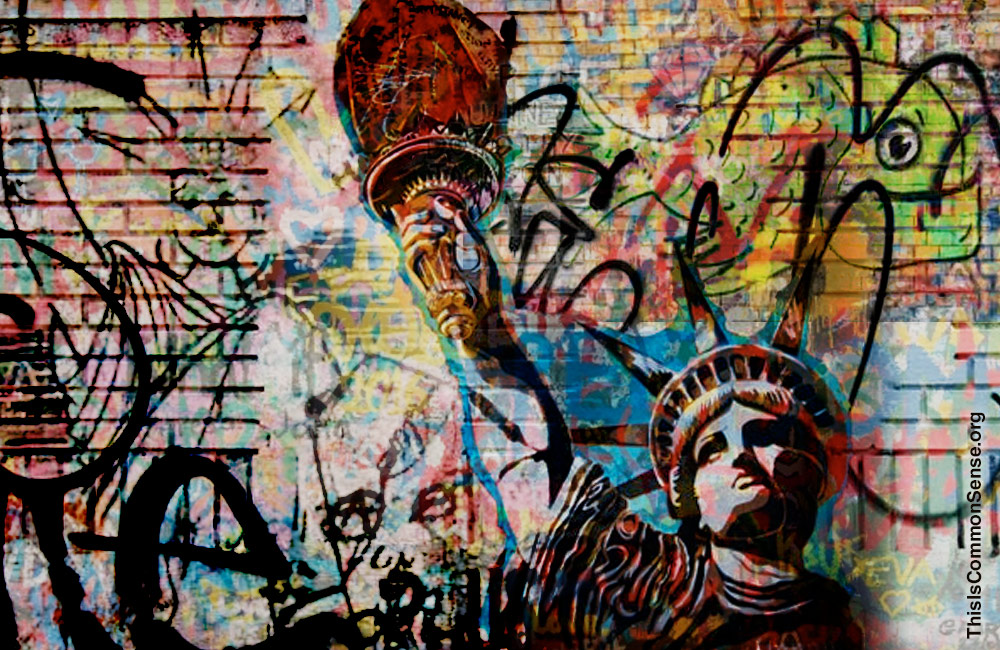Store owners have another reason to get the heck out of that derelict-enabling and increasingly unlivable town, San Francisco. The city fines businesses for the crime of being vandalized by graffiti artists.
This form of harassing property owners is nothing new, but the city had temporarily reduced enforcement during the pandemic.
The policy is unjust in at least two ways.
First, there should be no fines for being hit by graffiti-vandals. It’s the vandals who should be punished, not the victims. Moreover, as Reason magazine points out, “Unlike accumulated trash, noise, or other standard nuisances, graffiti isn’t inherently offensive.”
Rather, it is the city that is being offensive by treating an owner’s property as if it were its own and penalizing owners if their property lacks the appearance that the city ordains.
Second, even granting the legitimacy of requiring property owners to clean up the graffiti, the policy as imposed is abusive. Businesses are being fined repeatedly for graffiti that they don’t magically remove at lightning speed and that the vandals, undiscouraged, simply slap back on anyway.
“I can’t even count,” Michael McNamara, manager of the restaurant Above Ground (now closed), told the San Francisco Chronicle last year. “The paint dries and you deal with another one.” The city had dunned Above Ground with at least three $300 bills for the graffiti.
Rewarding destructive behavior while punishing those whose way of work and life makes civilization possible is no way to run a city — but it is a way of running the good people out of town.
This is Common Sense. I’m Paul Jacob.
—
See all recent commentary
(simplified and organized)


